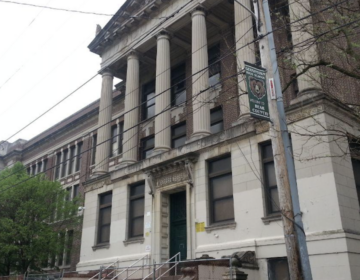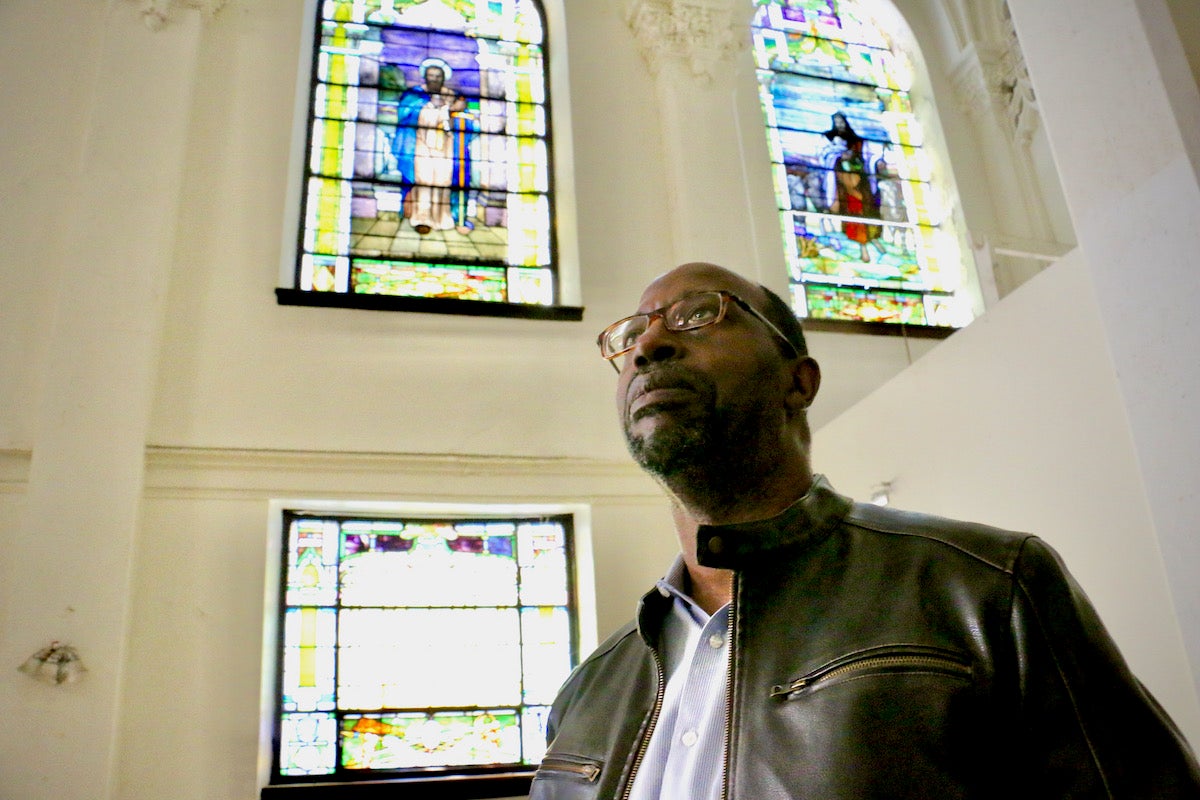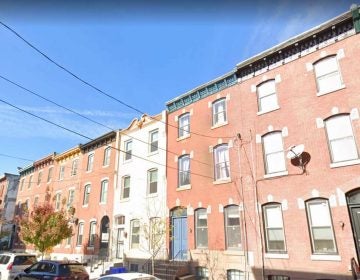Shrine of St. Rita on South Broad protected from wrecking ball
The Archdiocese of Philadelphia opposed the protection, arguing that the local landmark is under no threat and that government should not interfere in the affairs of the churc
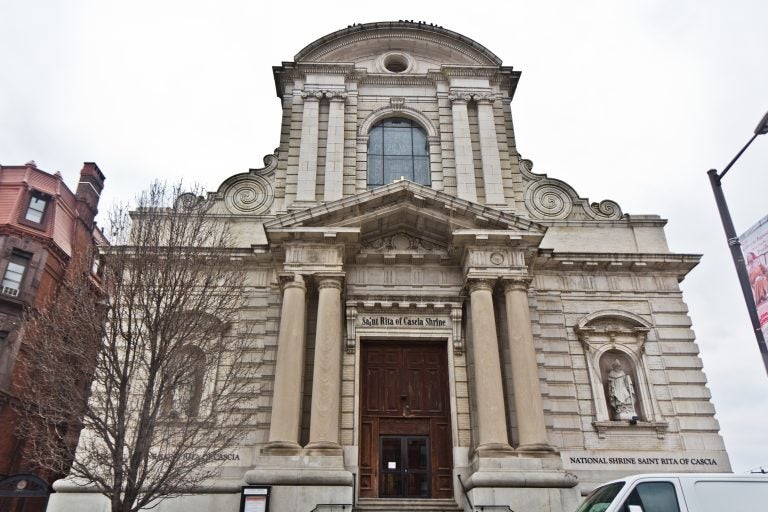
The National Shrine of St. Rita of Cascia on Broad Street in South Philadelphia. (Kimberly Paynter/WHYY)
This article originally appeared on PlanPhilly.
—
The National Shrine of St. Rita of Cascia won admission to the local register of historic places, preserving the immense Catholic church facing the Broad Street Diner from demolition or serious alteration.
The Archdiocese of Philadelphia opposed the protection of the mammoth building on South Broad Street, arguing that it is under no threat and that government should not interfere in the affairs of the church.
“The Catholic Church and its parishes must remain free to erect, alter, or modify any religiously significant element of its faith and houses of worship,” said Michael Phillips, the real estate lawyer who argued the Archdiocese’s case at a Philadelphia Historical Commission hearing Friday. “Really this comes down to a separation of church and state issue.”
Phillips said he did not know if the Archdiocese would challenge the Historical Commission’s ruling in court.
St. Rita’s is one of the largest Catholic churches in South Philadelphia, dating to 1907. Built of terra cotta, limestone, and Conshohocken Creek stone — and studded with statues of St. Patrick and St. Augustine — the building is impressive even amidst the other architectural glories of South Broad Street.
Preservationist Celeste Morello began writing the nomination in early 2018, and argued for its historical value as an early 20th century hub for Irish immigrants and as one of the few buildings in Philadelphia designed in a Roman Baroque style.
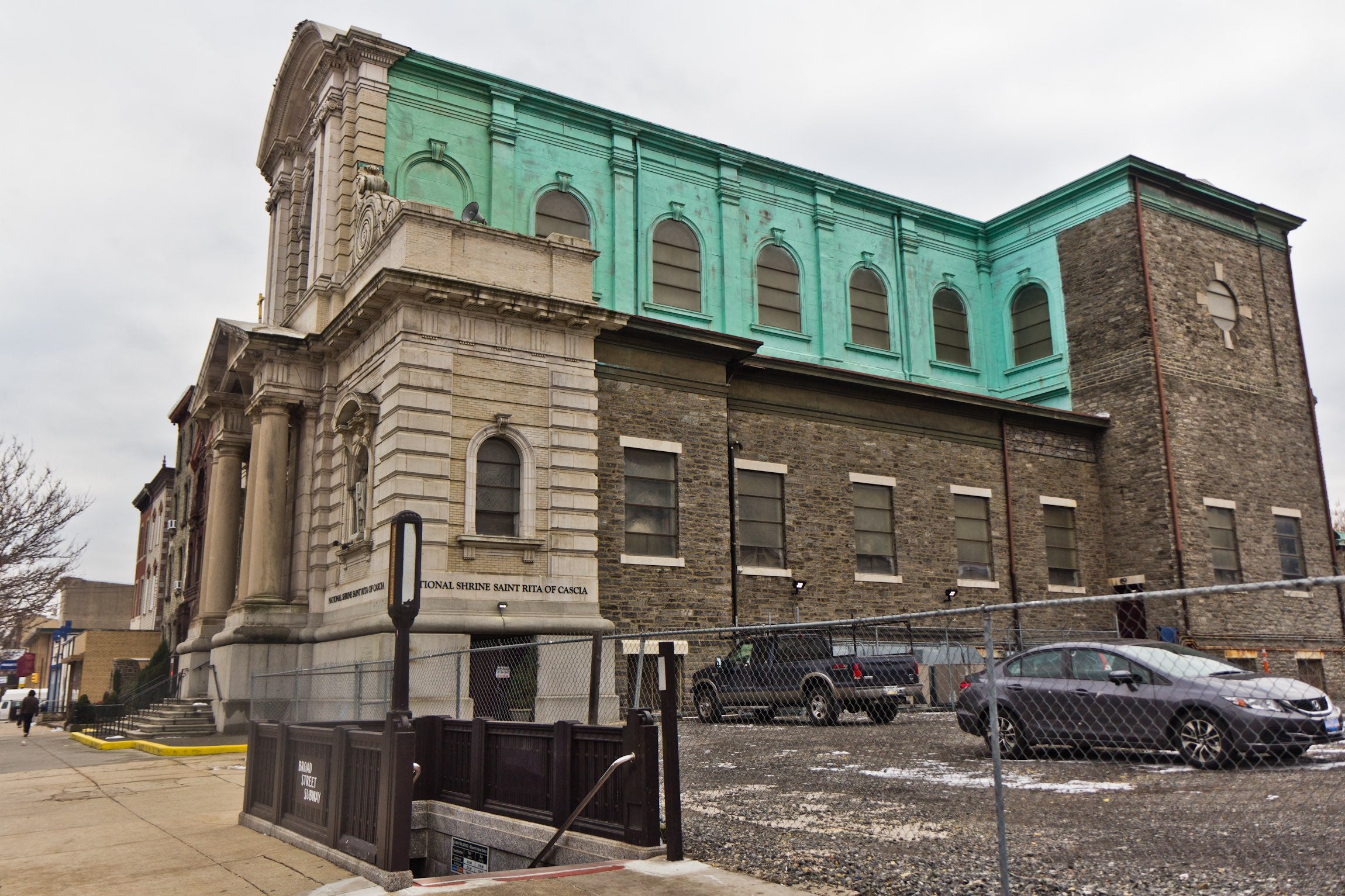
In an interview after her victory, Morello said she nominated the building “because it hadn’t been done.”
In Philadelphia, the Catholic Church often opposes preservation efforts. Phillips said that the Archdiocese doesn’t have a hardline opposition strategy, but that they have consistently preferred that control of their buildings be left entirely in the church’s hands.
“In prior instances we might not have opposed nominations but we have not supported nominations either,” said Phillips.
In recent years, as congregations have contracted across Philadelphia, the Archdiocese closed many historic churches and merged congregations. Just this month, two more Catholic churches in the city closed. As the church’s membership and coffers have shrunk, the maintenance and upkeep of shuttered and de-sanctified historic buildings hasn’t been a priority.
“Typically what we find when religious leaders are unsure or opposed about designation because they aren’t sure it is helping them in a time of limited resources,” said Bob Jaeger, President of Partners for Sacred Places. “Now that so many congregations and parishes are smaller and they don’t have the money they used to, there is always the concern of how can we make sure these places stay alive and well?”
But preservationists also fear that the Archdiocese or other similarly situated groups might feel they have to sell historic buildings to help balance other financial costs, which could result in demolition.
And when a historic sacred spaces is threatened, neighborhood passions run hot. Some of the battles over the fate of these well-loved buildings have angered many former parishioners, with cases like that of St. Laurentius in Fishtown turning into drawn out neighborhood feuds.
Phillips argued that such fears should not worry preventionists in the case of St. Rita’s.
“This is an active parish, an active worship site and it is in no risk whatsoever right now of demolition or any plans like that,” said Phillips.
But preservationists do not take comfort at Phillips assurance’s that St. Rita’s is well-attended and well-maintained. They worry about its future.
“I don’t advocate this beautiful building that is part of Philadelphia’s immigrant heritage being turned into anything but a Catholic Church,” said George Boudreau, La Salle University’s Director of Public History. “But if that land starts to become valuable and someone says we could deal with our financial problems by tearing it down and putting a gas station there, well, I think the people of Philadelphia have a responsibility to protect our physical cultural heritage.”
WHYY is your source for fact-based, in-depth journalism and information. As a nonprofit organization, we rely on financial support from readers like you. Please give today.




